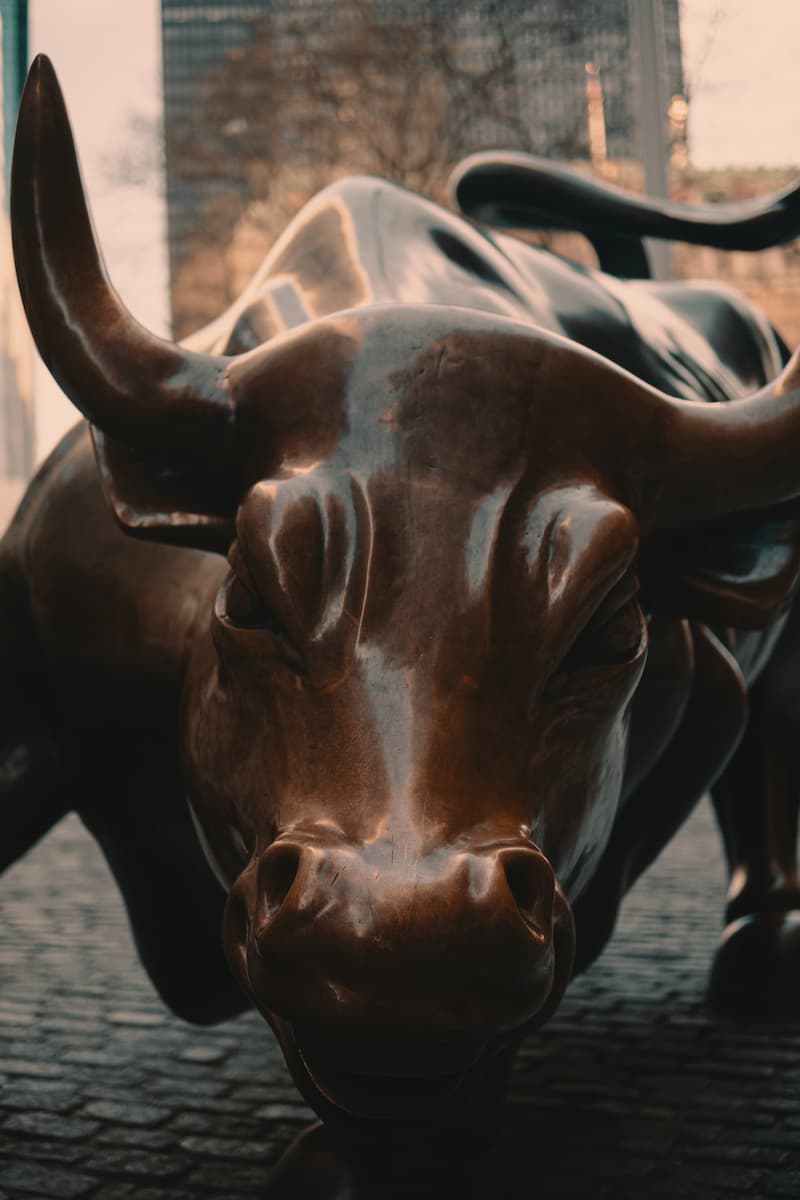Go to almost any investment company and an advisor will ask you about risk. They may have a few questions, and their computer will spit out your results. Those results will tell you how much you need in stocks and how much you need in bonds. But this process is beyond antiquated. The financial services industry has ignored too much for too long.
Bonds have traditionally been viewed as “safe”. Those risk questionnaires haven’t factored in the fact that interest rates are extremely low, meaning bonds are not paying nearly as strong of a dividend. It isn’t considering how trillions of dollars have been distributed could influence bonds. It isn’t factoring in how inflation is impacting, and will continue to impact, the benefits of bonds. For example, the cost to build a deck has risen dramatically over the past year. Has the interest on your bonds done the same? Bonds carry different types of risk, such as risk against inflation and risk of a decreased dividend income stream, that traditional thinking is not considering.
Then we move into stocks. There are hundreds of thousands of stocks being publicly traded across the world. Lumping all of them into one bucket when discussing risk is a terrible thing to do. It is vital to break this down further. Are you considering how much risk companies bring based on the country they’re in? Do you know whether a company is about to decrease their dividends due to the impact of the pandemic? Have you thought about how much growth style companies and value style companies you should have based on how much risk you’re comfortable with?
Seeing how much is missed simply with stocks and bonds is only the beginning. Are you discussing how commodities, cryptocurrencies, derivatives, real estate, and other investment categories should be factoring into your portfolio based on your risk tolerance? It’s time to pull back the curtain on “risk profiles” and begin to understand the full picture. Investments cannot be lumped into risky or safe. Your situation and plan deserve to be more tailored to your needs than what the investment world has accepted as the norm.






